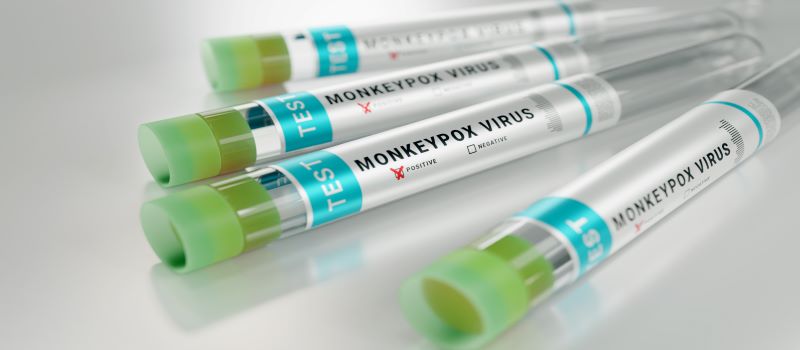Many news organizations have recently released articles related to a string of Monkeypox cases in the U.S and abroad. Over the weekend, The World Health Organization announced that as of May 21st there were 92 confirmed cases of the Monkeypox virus spread over 12 member states that are not endemic for the virus. All confirmed cases to date have been identified as the West African clade of the virus. The US Center for Disease Control and Prevention has confirmed a current case in Massachusetts as well as monitoring other current cases outside the US. In response to these cases, EPA has triggered its Emerging Viral Pathogens Policy to allow registrants to make off-label claims against Monkeypox to help arm consumers with important information on proper disinfection.
What is the Monkeypox virus?
The Monkeypox virus falls under the same genus as many other “pox” viruses including smallpox, cowpox, and vaccinia virus (which is used in the smallpox vaccine). It is an enveloped, double stranded DNA virus, thus it is likely susceptible to EPA registered disinfectants which aligns with the CDC recommendation for environmental cleaning. This rare disease is typically self-limiting with symptoms including aches, fever, and pox blisters that can last 2-4 weeks. The fatality rate is generally 1-3%, with some strains being as high as 10%. The variability in fatality is affected by viral strain, route of transmission, and susceptibility of the host. While no vaccine is available for Monkeypox, the smallpox vaccine is believed to provide some protection against the virus. Most primary cases of Monkeypox are caused by zoonotic transmission, meaning the infection is spread from an infected animal to a human, generally via bites or scratches. Once infected, humans are able to spread the disease to others via respiratory droplets or contact with pox fluids directly or via surfaces.
The Pathway to Make Off-Label Claims Against Monkeypox Virus.
Today, EPA engaged the Emerging Viral Pathogens Policy (EVP) for off-label claims against the Monkeypox virus. This policy allows registrants to off-label claims against Monkeypox virus, if they have an approved EPA stamped label with an EVP claim for enveloped viruses.
An example of a compliant off-label statement following the EVP policy for a sample EPA registered “XYZ Disinfectant” with preapproved EVP claims for Rotavirus:
Testing Against Monkeypox Virus
To make on-label claims against Monkeypox virus, efficacy testing must be completed on the virus and submitted to EPA for review and approval. To date, no surrogate virus has been approved for testing by EPA. The virus is a Select Agent so it is difficult to acquire, and few facilities may be able to obtain it. For conducting the typical ASTM E1053 viral disinfection testing, CDC is recommending a BSL-2 laboratory operating with BSL-3 procedures will be needed and these procedures may vary based on small pox immunization. SRC is working with our partner labs to determine when and where the strain will be available for disinfection testing. SRC will continue to monitor this situation and provide updates regarding options for testing and claims against Monkeypox.
Contact SRC for additional information on obtaining an Emerging Viral Pathogen claim for your disinfectant so you are ready for these new pathogens as they appear in the US.
EPA Releases List Q of Disinfectants for Emerging Viral Pathogens (EVPs), including Monkeypox
In addition to triggering its EVP Policy, EPA is directing consumers to its list of Disinfectants for Emerging Viral Pathogens (EVPs): List Q, where they can find all products with approved EVP claims. Consumers can visit List Q and search for products approved for use on Tier 1 (enveloped) viruses to find disinfectants that have demonstrated efficacy against viruses that are more difficult to inactivate than Monkeypox.
If a qualified product is not already included on List Q or if errors are found, registrants may provide their product name and EPA Registration Number to disinfectantlist@epa.gov.
Update on Monkeypox from HealthCanada
The Public Health Agency of Canada has not yet triggered their policy claims against Emerging Viral Pathogens, but has released Interim guidance on infection prevention and control for suspect, probable or confirmed Monkeypox within Healthcare settings. Additionally, Public Health Ontario has released Infection Prevention and Control (IPAC) Recommendations for Monkeypox in Health Care Settings. Both guidance documents state that “Hospital-grade cleaning and disinfecting agents (with Drug Identification Numbers (DIN)), are sufficient for environmental cleaning for Monkeypox” in a healthcare setting.
Additional resources and information can be found at the sites included below.
Center for Disease Control: https://www.cdc.gov/poxvirus/monkeypox/about.html
World Health Organization: https://www.who.int/news-room/fact-sheets/detail/monkeypox
 Sam Kappel
Sam Kappel
Consulting Specialist II
Posted on 05/23/22
Updated on 06/09/22



